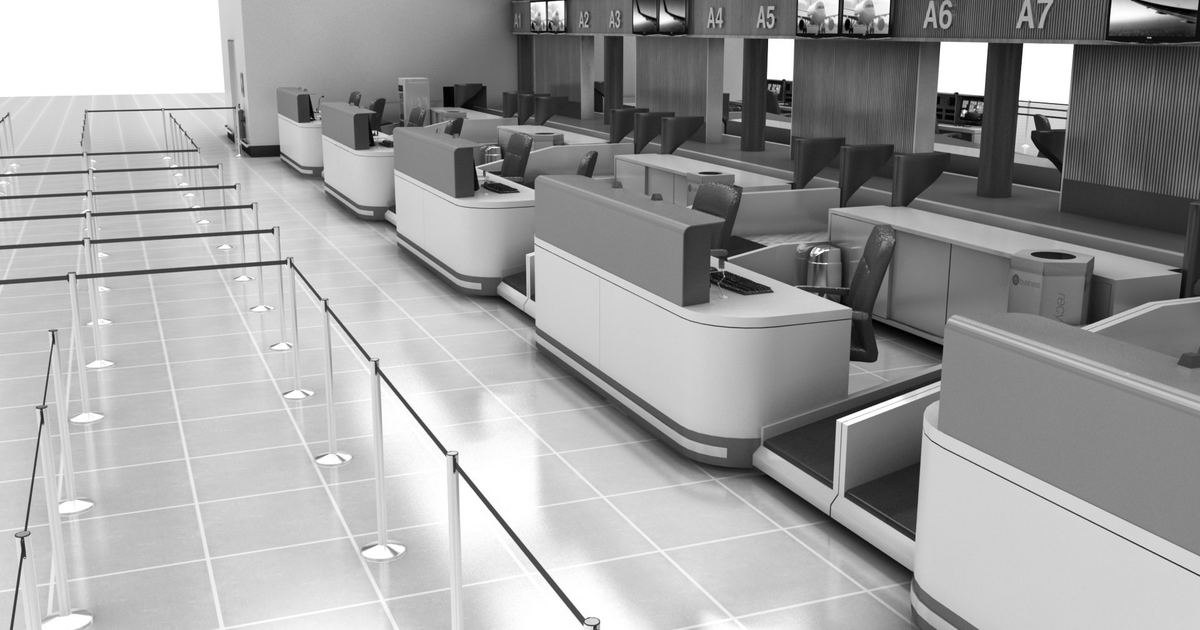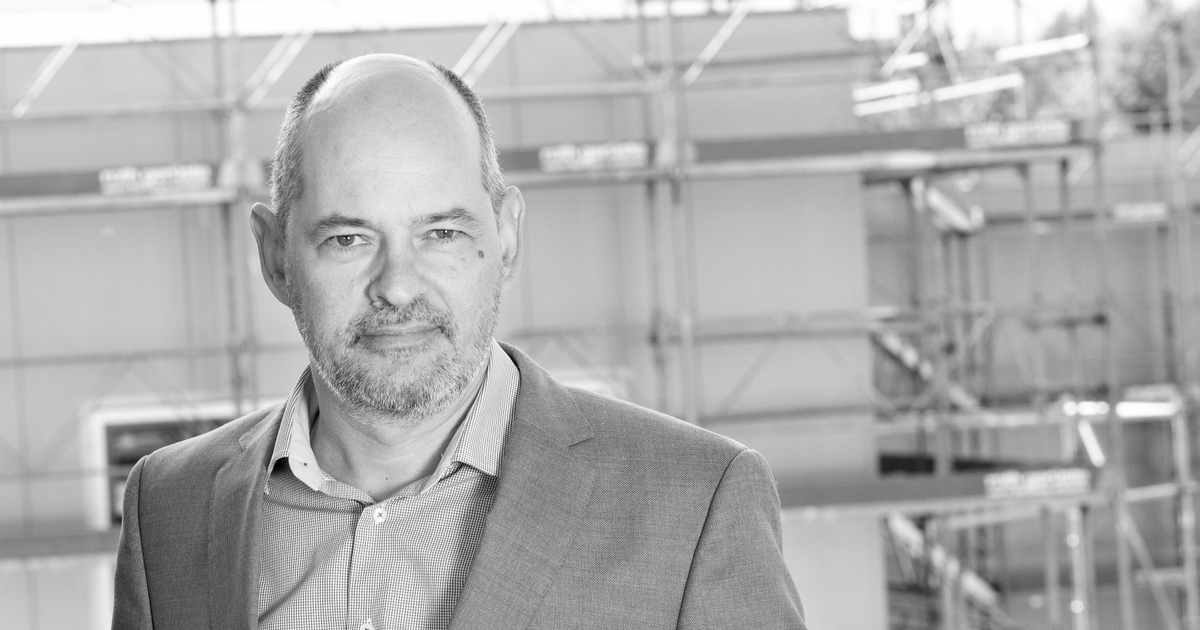When experience kills innovation: learning to unlearn in order to create better

On the steep paths of organisational life, experience is often our safety rope. It reassures, guides, and protects. It marks out the trail, shows us shortcuts, and helps avoid pitfalls. But if we rely on it too heavily, it can become a trap. Because what we learned yesterday may blind us today. What if experience […]
Elevating collective awareness: The path of a living organisation

In spring, the snow melts and paths begin to reappear. The mountain becomes accessible once again—along with it, a powerful metaphor for how we can rethink our organizations: not as structures to manage, but as human “rope teams” seeking elevation, clarity, and collective intelligence. This path is one we explore daily—both with our clients and […]
Check-in at meetings: the secret of high-performance, committed teams

Cultivating connection and emotional intelligence Check-ins – or inclusion rounds – at the start of a session have become an essential practice in many teams, adding significant value to group dynamics. This ritualisation of emotional expression offers considerable benefits that go beyond mere formalities. What are the benefits? The conditions for an efficient check-in For […]
Interview with Simon Rowell, member of the Faculty of Science at the University of Neuchâtel

Can you introduce yourself, your organisation and your role in it? I’ve been working at the Faculty of Science at the University of Neuchâtel for 10 years. As part of the Faculty Secretariat and Dean’s Office team, I coordinate all academic activities relating to Bachelor’s and Master’s level courses. I am responsible for the administrative […]
Planning poker: a versatile management and decision-making tool

Planning poker is a fun, collaborative tool using a card game where each member of a team evaluates a task or decision by choosing a card corresponding to a specific value. The cards are revealed simultaneously, then discussed until a consensus is reached. This avoids influence bias and encourages collective participation in decision-making and the […]
Meet Ayung Dari — A valuable ally for high-stakes decisions

Strategic clairvoyance coach Some people perceive the world differently. Ayung is one of them. Since childhood, she has been able to discern the invisible dynamics at play behind words, intentions, and systems. By the age of 10, her father—a business leader himself—was already seeking her insight to illuminate his strategic decisions. This innate gift has […]
Cross Boards: An innovation in SME governance

Small and medium-sized enterprises (SMEs) play a crucial role in the economy, but many of them face recurring challenges in terms of governance and strategic decision-making. Often, in the absence of resources or formal structures such as a board of directors or advisory committee, these businesses are forced to rely on the shoulders of their […]
Prefix is evolving and changing

Reason for being Ten years after its creation, Prefix is gradually changing its DNA, evolving from a mission centred on project management expertise to a focus on developing new organisational management solutions. By organisational management solutions, we mean all aspects requiring management and control within an organisation, such as : Values Integrating new talents To […]
Why do organisations have everything to lose by neglecting to manage their project portfolio?

Project portfolio management is often neglected, if not totally absent, in many organisations. The most common justification given is lack of time or the complexity of such an approach, whereas in reality it is often a question of a lack of awareness of the importance of this aspect in running an organisation. Why does an […]
How do you manage time and cost overruns on your projects?

Among the many challenges faced by project managers, time and budget overruns stand out as one of the most frequently encountered problems. These overruns can compromise the success of a project and have a significant impact on your organisation and its stakeholders. How can project managers overcome these obstacles to achieve the desired end result? […]
Interview with Michel Burla, Director of the Oils & Fats Division, Centravo Group

Can you introduce yourself, your organisation and your role in it? My name is Michel Burla, and I have been in charge of the Oils and Fats segment of the Centravo Group since 2019. This segment is based on two sites, an oils and fats refinery in Lyss (BE) and a margarine factory in Mitlödi […]
Why isn’t anyone using the potential of the Project Management Triangle?

What does the Triangle represent? The Project Management Triangle, sometimes called the Magic Triangle, is a universally recognised concept. There are various interpretations of it, but they all reflect the major constraints that frame a project. Here, I will use a representation of the Triangle that illustrates four constraints common to all projects: Result, Time, […]
